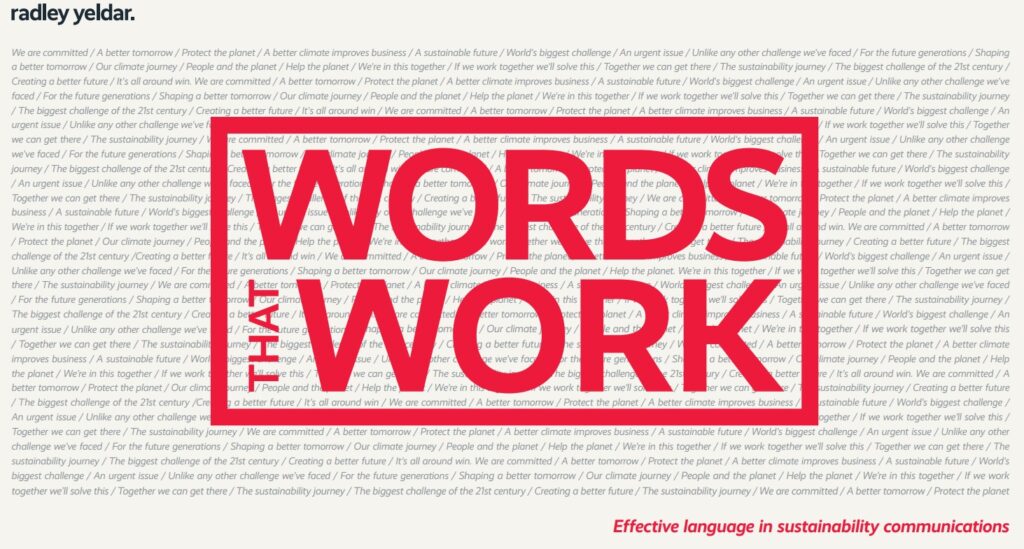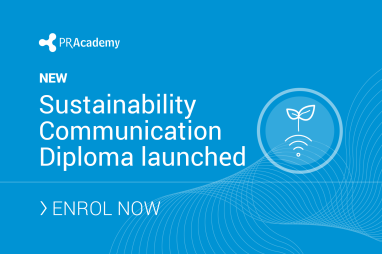Greenwashing, greenhushing and developing your career in the field of sustainability
The ASA’s job is making sure the average consumer is not misled when buying a product or service.
Many of the green claims being made currently are “Too big, too vague, too unqualified, too absolute.”





